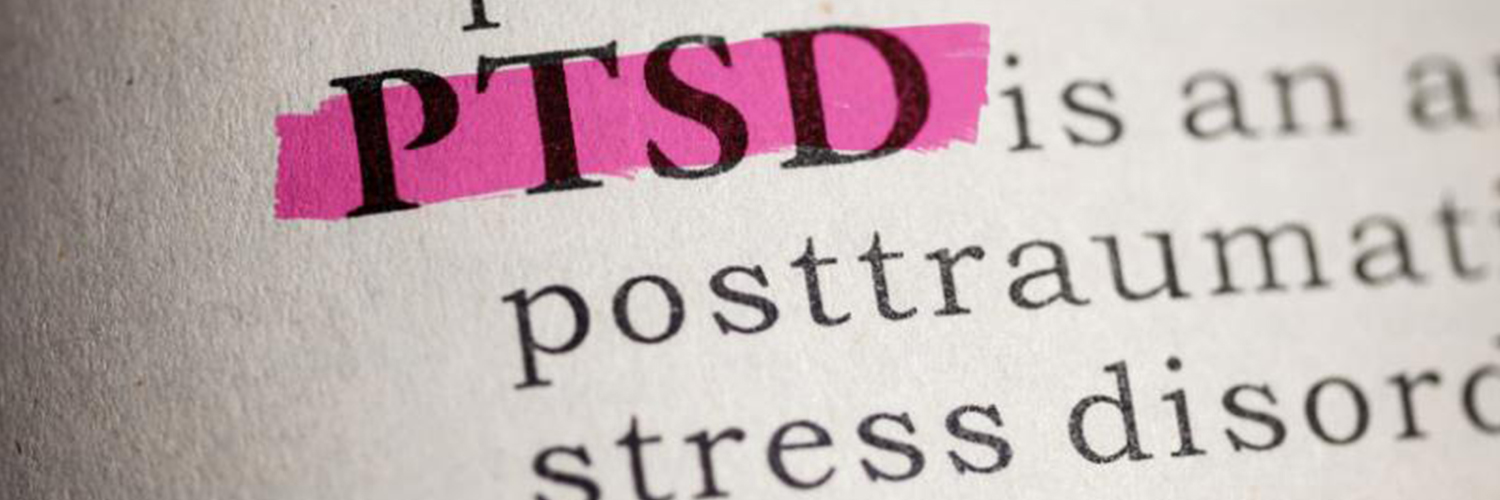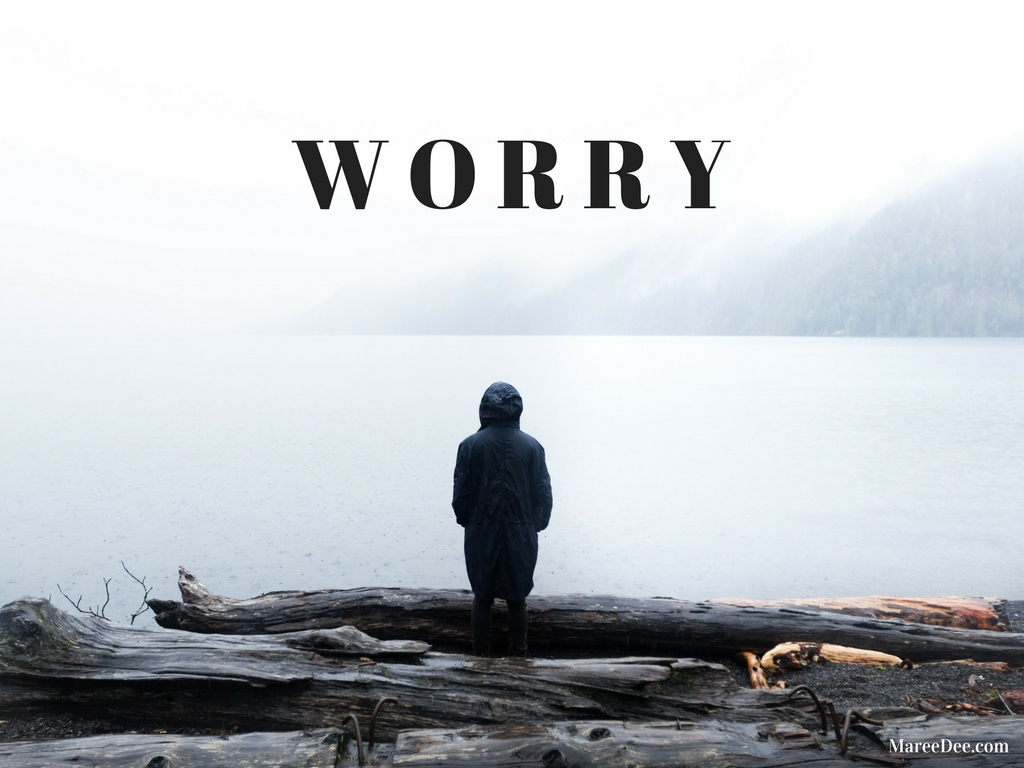Everyone experiences a range of reactions after a shocking or dangerous event, many recover from it naturally but for a person with PTSD, these events grow stronger on their mindset and soon the symptoms become severe interfering with their daily activities, relationships and work.
So What’s PTSD?
Let’s check out these definitions:
According to the National Institute Of Mental Health (NIMH),
“It is a disorder that develops in some people who have experienced a shocking, scary or dangerous event”.
“It can also be defined as a mental health disorder that develops in people who may have witnessed or experienced a terrifying or shocking event”.
Examples of events that can bring on PTSD include an accident, the unexpected death of a loved one, robberies, wars, natural disasters, and physical or sexual assault.
How long does PTSD last?
It may last months or years with triggers that can bring back memories of the events accompanied by intense physical and emotional reactions.
People with PTSD usually have symptoms that are longer than one month and sometimes could begin years later.
Note: Symptoms must last more than a month and be severe enough to interfere with daily activities and relationships to be considered PTSD.
Symptoms Of PTSD are grouped into four:
- Intrusion Or Relieving Symptoms.
- Avoidance Symptoms.
- Arousal And Reactivity Symptoms.
- Mood And Thinking Symptoms.
- Intrusion Or Relieving Symptoms:
Symptoms listed below can start from the person’s thoughts and feelings causing problems in their day-to-day activities.
- Flashbacks: Reliving the symptoms over and over including visible symptoms: racing heart and sweating.
- Nightmares.
- Frightening thoughts.
- Avoidance Symptoms :
Symptoms here are triggered by things that remind a person Of a traumatic event. It could also make the person change his or her personal routine e.g after a bad vehicle he or she may avoid driving or riding a car.
- Avoiding thoughts, feelings, and situations that are related to the traumatic event.
- Refusal to discuss the experience.
- Staying away from places, events or objects.
- Arousal And Reactivity Symptoms:
These symptoms are constant:
- Feeling tense or ” on edge”.
- Having difficulty sleeping.
- Hypersensitivity to possible dangers.
- Irritability and angry outbursts.
- Mood And Thinking Symptoms:
These are symptoms affecting their moods and thoughts:
- Feelings of guilt or blame.
- Feelings detached and estranged from others and emotionally and mentally numbed.
- Losing interest in enjoyable life activities.
- Difficulty in concentrating.
- Mental problems could develop as Depression, phobias and anxiety.
Do you know PTSD also develops in children? If you didn’t, here are symptoms to look out for according to Medical News Today:
Children aged 6 years And Under:
- Bedwetting after learning to use the bathroom.
- Inability to speak.
- Being clingy with an adult acting out the event.
- Acting out the event in play.
Children aged 8 years and above display reactions similar to adults while 12 to 18 years show disruptive or disrespectful behavior.
A screening test is also done to assess if the person has PTSD or not. The session can range from 15 minutes to 1 hour.
Risk Factors
According to the National Centre For PTSD, ” 7 or 8 out of every 100 people will experience PTSD at some point in their lives”
Though it isn’t yet known why some people develop it and others don’t, here are some factors that may increase the chance of developing it:
- Having little or no social support after the event.
- Having a history of mental health problems or substance use.
- Seeing another person hurt or a dead body.
- Childhood trauma: feeling horror or helplessness or extreme fear.
- Getting hurt.
- Having additional problems after an event e.g loss of loved ones or job.
Also, genetic or physical factors may play a role.
Causes Of PTSD
Doctors aren’t sure what leads to PTSD. It may be developed when you go through, see or learn about an event involving actual death, serious injuries, or physical or sexual violation.
It is also probably caused by a complicated mix of:
- Inherited mental health risks: Family history of anxiety or depression.
- Stressful experiences: The amount and severity of trauma you have gone through in your life.
- The way your brain regulates the chemical and hormones your body releases in response to stress.
How PTSD Is Treated
Even when PTSD develops many years after a traumatic event, it can be successfully treated using any of the following options:
- Antidepressants: E.g: paroxetine, mirtazapine.
- Psychological therapies: E.g: trauma-focused cognitive behavioral therapy (CBT) or eye movement desensitisation and reprocessing (EMDR).
- Watchful waiting: This is monitoring symptoms to see if there is an improvement or not without treatment.
- Exposure therapy: This is behavioural therapy which helps you face situations and memories that you find frightening, sometimes virtual reality programs are used to help you re-enter the memories in which you experienced the trauma.
You and your doctor can work together to figure out the best treatment that works for you. If you are having side effects with the medications, don’t hesitate to discuss with the former.
You can also help yourself by:
- Taking care of yourself: Eat healthy meals, fruits and exercise. Whenever you feel down don’t just stay indoors, go out for a walk, or talk to your doctor or loved one.
- Learn about PTSD: Read journals, articles, essays and medical resources that talk about it.
- Don’t self medicate: Use only medications prescribed by your doctor.
- Stay connected: Always be involved with your loved ones, friends and families.
- Join a support group: Ask your therapist or doctor about recommended support groups that can help you.
How Can You Help A Loved One Diagnosed With PTSD
It’s painful when you hear the trauma a loved one passed through and you feel there is nothing to help him or her recover speedily. It could also become tiring listening to their experiences over and over again, this could make you start avoiding conversations or listening to them.
The fact is you can’t change what happened but can help them go through the disorder and recover from it. How?
- Understand what PTSD is all about and learn.
- Attend medical appointments: Discuss with your loved one that you would love to be involved in their appointments, if he or she agrees, it will help you know more about PTSD.
- Know that avoidance and withdrawal are part of the disorder.
- Be open to listening: Tell him or her you are always open to listening whenever they feel like talking but don’t force or threaten them.
- Prioritize your health: You won’t be able to help them if you are mentally drained or burned out.
- Don’t hesitate to seek help when you need it.
- Keep your family, and friends safe if your loved one becomes violent or uncontrollable.
Conclusion
PTSD isn’t a sin or incurable. With follow-ups and consistency with treatments and doctor’s appointments, a person with PTSD would recover speedily and be able to enjoy living.
Also, don’t stigmatize people diagnosed with PTSD, always be open to listening, helping and loving them. This will help facilitate their recovery process.
©Okpako Cecilia Omotorhe.


